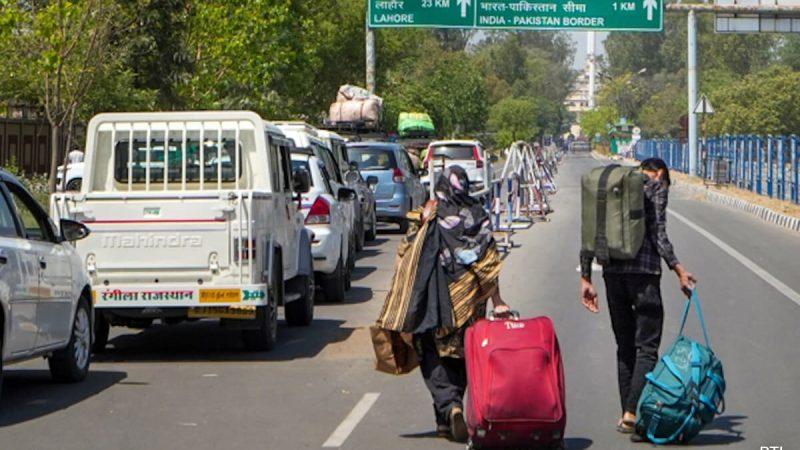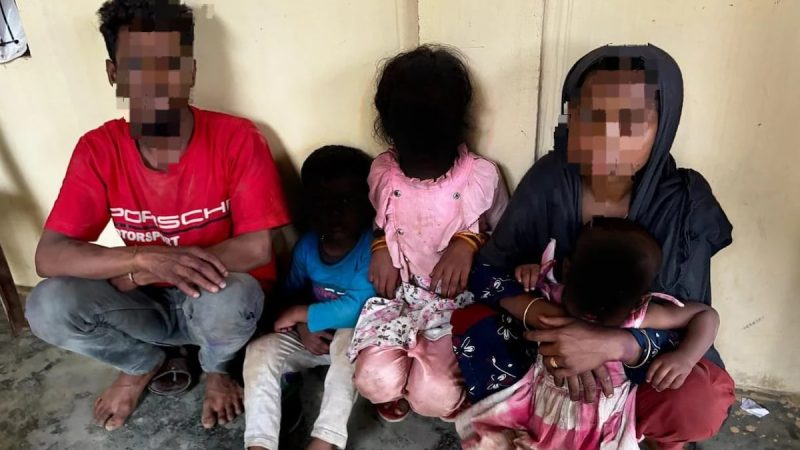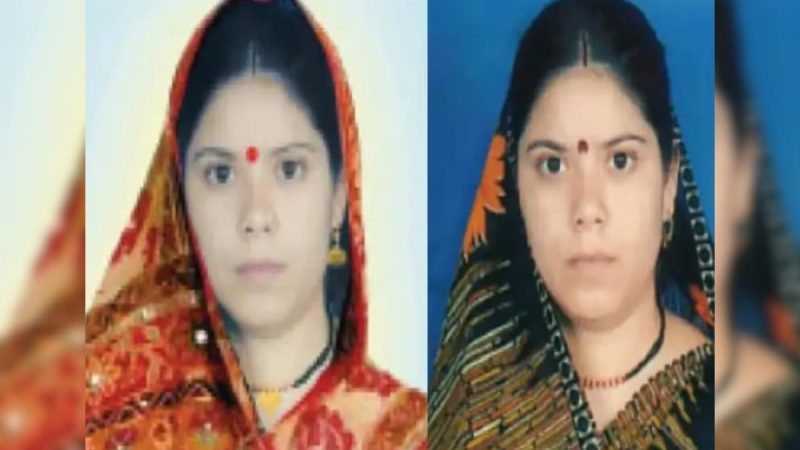Opinion: Why India needs an urgent National Youth Survey more than caste survey

India has the world’s largest youth population and we have no choice but to build a future for them based on ground realities
Published Date – 6 May 2025, 09:17 PM

By T Muralidharan
The Centre has finally acceded to the demand for a national caste survey. While I welcome this, we must also commission a national youth survey by the National Sample Survey Organisation (NSSO).
“Our youth are the driving force behind India’s rise,” said Prime Minister Narendra Modi. The Ministry of Youth Affairs and Sports defines youth as those in the age bracket of 15 to 29 years. This is the age when the transition takes place from education to work and livelihood. School dropouts enter work early from 16 while graduates try to enter at 21. Most struggle to find meaningful work and keep looking till 29 and hence this age of 15 to 29 is crucial for the youth story.
Shocking Statistics
- India has the world’s largest youth population. As of March 1, 2021, India’s population aged 15 to 29 years was approximately 365 million, constituting about 27.2% of the total Indian population at that time. But our median age is going up rapidly from 18 in 1970 to 28 in 2023. India won’t stay young for long
- As of January 1, 2025, India had approximately 217 million registered voters, aged 18 to 29, constituting about 21.9% of the total electorate of 991 million. But as per the Election Commission, only a little over 18 million new voters in the 18- and 19-year-old bracket, out of 49 million, have been included in the electoral rolls. Only 38% of these first-time voters have successfully registered. Why are the youth not registering to vote?
- School dropouts over the last 20 years in the age group 6-35 (204 million of the 265 million children in school) are 77%. For every one child in school, there are 0.8 school dropouts. What future are we creating for these dropouts?
- 17 million people are added to the non-farm sector supply every year. At best, India is creating 3-5 million jobs per year in the non-farm sector. Youth supply is 400% more than demand. What does this mean for the youth?
- Among Indian youth, idling is a huge reality. 50% of the population (475 million) can work but are idling, though officially unemployed are only 35 million. This means, for every one person working, there’s one person idling. Why are 50% idling?
- Over 8 million Graduates/Diploma/ITI pass out every year but we are creating less than 0.8 million (10%) graduate jobs. However, the government wants to increase graduate intake in universities! Are we creating a nation of idling young graduates? Is this our intention?
- Statistics show that urban female workforce is declining. Rural female workforce participation rate declined from 33.9% to 20.1% in 2018, except during the pandemic. Why are the poor women in rural India also dropping out of work?
Unlocking Future, Understanding Youth
A well-designed survey must go beyond basic demographics. It should capture the full spectrum of youth realities, including:
Demographic profile: Age, gender, caste, religion, urban/rural, migration status
Education: Currently enrolled and dropouts, highest qualification, dropout reasons.
Employment: Job status (formal/informal), full-time – part-time, hours worked, sector of employment.
Unemployment and NEET (Not in Employment or Education or Training): Share of youth in NEET, reasons for being in NEET, barriers to seeking employment.
Income: Current wages (if employed), sources of funds (parents, debt).
Mobility: Are they migrants? What pulled/pushed them? Desire for global migrations, barriers to migration, income expectations for migration to urban cities.
Expenditure: Monthly spending, especially migrant costs, spending habits.
Skills: Self-reported and certified vocational/digital/technical skills.
Aspirations: Higher education dreams, first job dreams, career aspirations.
Extent of digital adoption: usage of social media, access to smartphones, comfort with digital transactions, digital learning adoption.
Who is influencing them: Role models, social media, WhatsApp messaging.
Political awareness: Do they vote? Understand issues? Trust institutions? Are they aware of citizen rights?
Social values and attitudes: Views on work, achievement, gender roles, diversity, government role.
Mental health: Hours online, loneliness, stress indicators, drug addiction.
India has undertaken several surveys to understand various aspects of its youth population. A few key national surveys are the National Family Health Survey (NFHS) conducted by the Ministry of Health and Family Welfare and Youth in India 2022 Report published by the Ministry of Statistics and Program Implementation.
Though India has undertaken several surveys to understand its youth population, none provides authentic, validated, large-scale study-based real-time data on various facets of youth life, including aspirations, mental health, digital engagement and political participation
However, none of these surveys provides authentic, validated, large-scale study-based, nuanced, real-time data on various facets of youth life, including aspirations, mental health, digital engagement and political participation.
What are other countries doing?
Many developed nations run detailed youth surveys to design targeted programmes:
US: The National Longitudinal Survey of Youth (NLSY) has tracked cohorts since the 1970s, generating rich data on education, work, family and health. The NLSY79, for instance, began in 1979 with individuals aged 14-22 and has provided valuable insights into the transition from school to work and other life events.
UK: The Youth Voice Census annually gathers data on employment, education, well-being and future expectations.
Australia: Mission Australia’s Youth Survey gathers views of 15-19-year-olds on challenges, aspirations and values.
The proposed Indian National Youth Survey must learn from these and go beyond, primarily because we have the world’s largest youth population and have no choice but to build a future for them based on ground realities.
The top 5 reasons why we need the survey:
- Demographic dividend at risk: India is nearing its demographic peak.
- Huge mismatch between aspirations and opportunities: India’s skill development, education and employment programmes are often misaligned. Are we training youth for what they want — or what is in demand? How do we align them to the new realities of AI and disrupted job markets?
- Urban-Rural and Caste-Gender income gaps increasing: Marginalised groups often fall through the cracks. We don’t have enough real-time data on tribal youth, Muslim youth, Dalits, or girls in rural areas.
- Mental health and digital overload: Young Indians are facing stress, anxiety, digital addiction and loneliness. Yet these themes are missing from national discourse because they aren’t measured.
- Political participation: India’s democracy rests on youth engagement. But what do young people know, believe and value politically? How do they consume news? What is their trust in democratic institutions?
How will it help policymakers?
Targeted schemes: With clear data on skill gaps, employment patterns and aspirations, programmes like Skill India, Start-up India, or state-level employment schemes can be fine-tuned.
Education reforms: Curriculum changes can be driven by what students need to make a living, not what boards dictate.
Migration and Urban Planning: Knowing where young people are moving — and why — can guide migrant infrastructure like hostels and job hubs.
Gender and Inclusion: Tailored interventions for young women, LGBTQ+ youth, or rural first-gen learners can be designed.
Digital and Mental Health Strategy: Data on screen time, content exposure and emotional well-being will shape future digital policies and mental health services.
National Security and Civic Engagement: Political attitudes, trust in the system and understanding of national issues can help design civic education and counter misinformation.
Next Steps
A pilot survey can begin in a few States and scale nationwide with use of digital tools. The government must also ensure data is made public, anonymised, and usable by researchers and policymakers. It must be published in its entirety, transparently and allow researchers to cut and dice and analyse it to discover insights and trends.
Is anyone listening from the PMO?

(The author is an Independent journalist)






